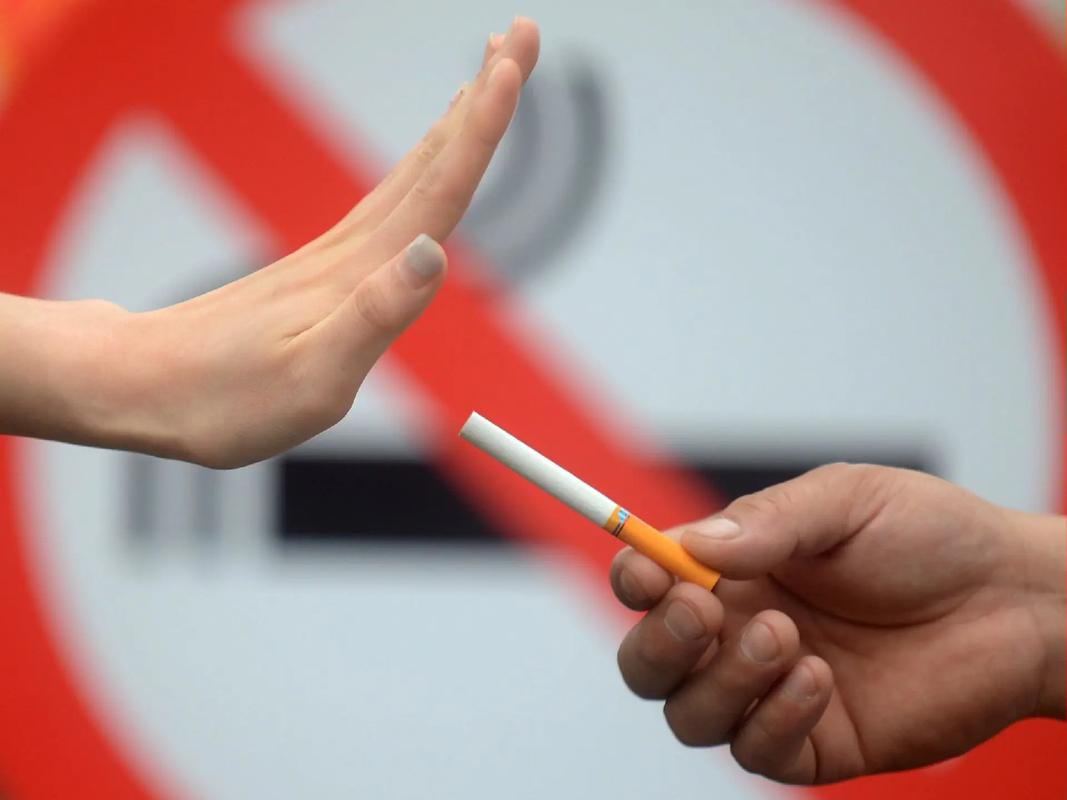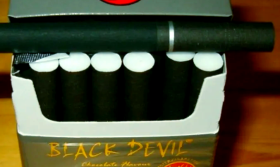Clearing the Air: How Tobacco Use Undermines Your Periodontal Regeneration Surgery
Let's talk about a smile transformation. You've taken a brave and positive step towards reclaiming your oral health by considering or planning periodontal regeneration surgery. This remarkable procedure is designed to do more than just clean; it aims to rebuild what gum disease has destroyed—regrowing bone, restoring connective tissue, and giving your teeth a healthy foundation for years to come. It's a journey towards healing.
However, every journey has its obstacles. If you use tobacco in any form—be it smoking cigarettes, cigars, or using smokeless tobacco—it's crucial to understand that this habit poses one of the most significant threats to your surgery's success. The link between tobacco and poor healing is not just a casual warning; it's a well-documented scientific fact that can directly impact your comfort, your results, and your investment. This article isn't about judgment; it's about empowerment. By understanding exactly how tobacco increases the risk of postoperative complications, you are equipped with the knowledge to make informed decisions for a smoother recovery and a truly successful outcome.
The Healing Process: A Delicate Dance
To appreciate how tobacco interferes, we must first understand how healing works. After your periodontal surgery, your body launches a complex, beautifully orchestrated repair mission. It begins with blood. A stable blood clot forms in the surgical site, acting as a protective bandage and a scaffold for new cells. This clot is the first and most critical step.
Next, your body sends inflammatory cells to the area. While "inflammation" often gets a bad rap, in the initial stages of healing, it's essential. These cells fight off potential invaders and clear away debris. Following this, special cells called fibroblasts rush in to build new collagen, forming the framework for new gum tissue. At the same time, cells called osteoblasts work on regenerating the underlying bone. Finally, the surface layer of gum tissue matures and covers the wound. This entire process relies on a rich, uninterrupted supply of oxygen and nutrients delivered by a healthy network of blood vessels.
How Tobacco Throws a Wrench in the Works
Tobacco smoke contains over 7,000 chemicals, including nicotine, carbon monoxide, and hydrogen cyanide. These substances collectively sabotage every stage of the healing process we just described.
-
Strangling the Blood Supply (Vasoconstriction): Nicotine is a powerful vasoconstrictor. It causes the tiny blood vessels in your gums to tighten and narrow. Imagine the blood vessels as delivery trucks carrying oxygen and building materials to the construction site (your surgery area). Nicotine effectively puts up a "Road Closed" sign. This dramatically reduces blood flow. Without adequate blood flow, the surgical site is starved of the very elements it needs to heal. This is a primary reason why tobacco use compromises oral surgery healing.
-
Poisoning the Oxygen Supply: Carbon monoxide, another key component of smoke, has a greater affinity for hemoglobin in your red blood cells than oxygen does. It hijacks the spots meant for oxygen, creating carboxyhemoglobin. This means that even the reduced amount of blood that does reach the tissues is carrying a cargo of poison instead of life-giving oxygen. Tissue regeneration is an energy-intensive process that requires immense amounts of oxygen. Tobacco use directly creates a state of hypoxia (low oxygen), crippling the body's ability to rebuild bone and gum tissue.
-
Weakening the Immune System: Your mouth is home to countless bacteria. After surgery, the body's immune system is your first line of defense against infection. Tobacco smoke paralyzes and damages immune cells like neutrophils and macrophages, which are the "soldiers" that engulf and destroy bacteria. It also reduces the production of antibodies. This leaves you wide open for opportunistic infections. The risk of infection after dental surgery is significantly higher for tobacco users, turning a routine recovery into a painful, complicated ordeal.
The Concrete Complications: What Can Go Wrong
So, what does this biological sabotage look like in real life? Here are the specific postoperative complications you are more likely to face if you use tobacco:
-
Dry Socket (Alveolar Osteitis): While more commonly associated with tooth extractions, the principle applies to any surgical site where a clot is essential. The vasoconstriction caused by nicotine can prevent the clot from forming properly or can dislodge it prematurely. This exposes the underlying bone and nerves to air, food, and bacteria, causing severe, throbbing pain—a condition far more prevalent in smokers.
-
Infection and Abscess Formation: With a weakened immune response and compromised blood flow, your body struggles to fight off bacteria. A simple contamination that your body would normally handle can quickly escalate into a serious infection or a painful abscess, requiring additional treatment with antibiotics or even another surgical procedure.
-
Delayed Wound Healing and Wound Breakdown: The lack of oxygen and nutrients means the surgical site simply won't close up as quickly. The gums may take weeks longer to heal than in a non-smoker. In severe cases, the edges of the wound may actually pull apart or break down, a condition known as wound dehiscence.
-
Failed Graft Integration: Periodontal regeneration often involves using bone grafts or membrane barriers. For these materials to integrate successfully and stimulate your own body's cells to grow, they need a healthy, well-vascularized environment. The toxic environment created by tobacco significantly increases the chance of graft failure in smokers, meaning your body might reject the graft material, and the desired bone regeneration will not occur.
-
Increased Postoperative Pain: It might seem counterintuitive, but smokers often experience more pain and discomfort after surgery. Poor healing and a higher incidence of inflammation and infection naturally lead to a more painful and prolonged recovery period.
-
Long-Term Success and Tooth Loss: Ultimately, the goal of regeneration surgery is to save your teeth for the long haul. By undermining the procedure's success from the start, tobacco use directly contributes to a higher long-term failure rate. The negative effects of smoking on gum surgery mean that the gains made by the surgery are often lost more quickly, potentially leading to tooth loss down the line—the very outcome the surgery was meant to prevent.
A Path Forward: It's Never Too Late
If you're reading this and feeling concerned, take a deep breath. The most encouraging part of this entire discussion is that the damaging effects of tobacco are largely reversible. Quitting tobacco, even for a period before and after surgery, can dramatically improve your chances of success.
Studies show that quitting smoking for just one week before surgery can significantly improve blood flow and immune function. Ideally, quitting at least 4-6 weeks before your procedure and continuing for at least two months post-operatively gives your body the best possible environment for optimal healing and reducing complications from periodontal surgery.
We know quitting is challenging. It's a journey in itself. But view it as an integral part of your surgical treatment plan. Be open with your periodontist about your tobacco use. They are not there to shame you; they are there to help you succeed. They can provide you with resources, support, and strategies for quitting, such as nicotine replacement therapy (gum, patches) or prescription medications. Remember, the benefits of quitting begin within hours of your last cigarette.

Your decision to undergo periodontal regeneration surgery is an investment in your health, your confidence, and your quality of life. You are taking control. By understanding the profound impact tobacco has on your healing process, you can take the next vital step in protecting that investment. Clearing the air of tobacco smoke is the single most powerful thing you can do, alongside the surgery itself, to ensure you get the beautiful, healthy, and lasting results you deserve. Talk to your doctor or periodontist today about creating a plan for a smoke-free recovery. Your future smile will thank you for it.













